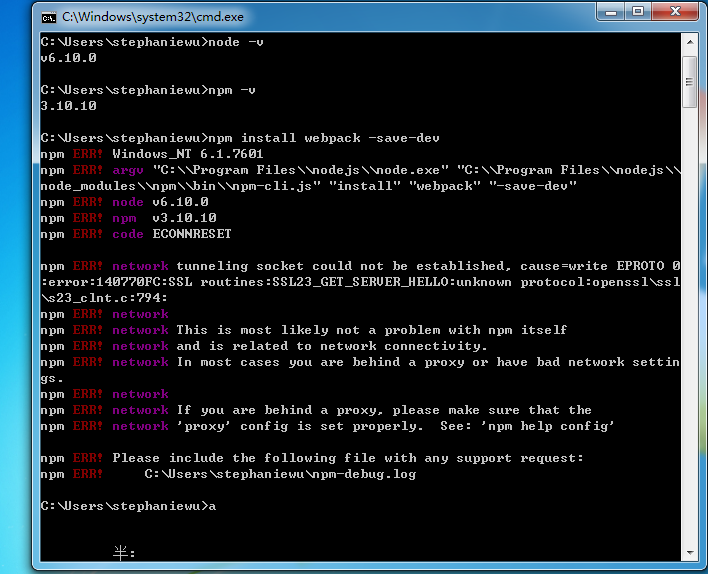

NOTE: This must be done for each individual user, including root. bash_profile file for editing.Īdd the following lines to the end of the file: bash_profile file is a hidden file in your home directory. Setting the proxy to be available in all shell instances. To make this setting available in all future shell instances we can export the variable via the. If you open a new shell, or logout the variable will be unset. Remember that if you set the variable via the command like described above it is only valid for the current shell. To confirm the variable is set correctly you can use the “echo” command: ~]$ echo $http_proxy You can set this via the command line like so: ~]$ http_proxy=

YOU MUST USE THE DIRECT FQDN FOR THE PROXY FOLLOWED BY THE PORT NUMBER. The auto configuration URL you used above will not work when setting an environmental variable. In order to use HTTP/HTTPS proxy settings via the command line you will need to set the http_proxy environmental variable. Another option is to set the proxy manually in the browser as well.

Optionally you can also enter the same auto configuration URL you used above in the “Automatic Proxy Configuration URL” box in the above screen. Select the radio box that says “Use system proxy settings”. Firefox Connection Settings Dialog - Shows Proxy Configuration Open Firefox (default web browser for RHEL) and select Preferences > Network > Connections. In Linux you will still need to tell other applications about your new proxy settings, including your browser. In Windows if you set the proxy in Internet Explorer then it is a system wide setting. Linux proxy settings differ from the way Windows handle’s proxy settings.

Learn more about WPAD (Web Proxy Autodiscovery Protocol) you can start with an overview at the WPAD WikiPedia Page. If no URL has been provided check the “Manual proxy configuration” and enter the hostname and port for each protocol. If you have been provided an auto configuration URL you can enter it here. This is the preferred way of offering a proxy configuration since it allows flexibility to the system administrator to dynamically change your settings. This URL usually leads to a “proxy.pac” or “wpad.dat” on a web server. Most companies that run a proxy server will offer an auto configuration URL. This will bring up the following dialog box. Setting the proxy via Gnome GUI (Linux Control Panel Applet)įrom your desktop click System > Preferences > Network Proxy


 0 kommentar(er)
0 kommentar(er)
